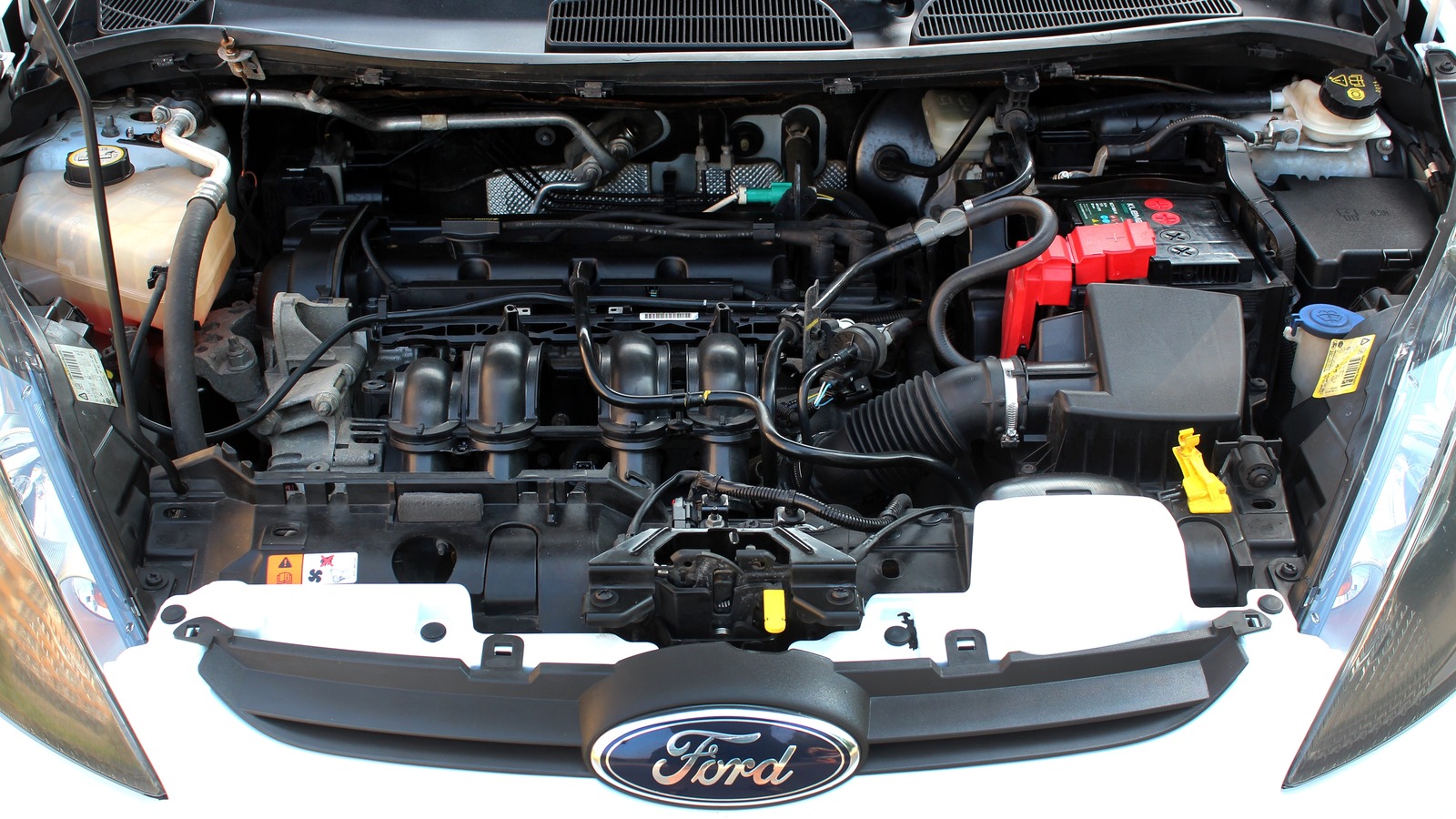| COMPONENT LOCATION |

| GENERAL DESCRIPTION |
The alternator is duty controlled as current control by ECM with the battery voltage, current, temperature information from battery sensor. The more electrical load, the higher duty output.
| DTC DESCRIPTION |
If it is open or short in COM circuit of alternator. ECM sets DTC.
| DTC DETECTING CONDITION |
| Item | Detecting Condition | Possible cause | |||||||||
| DTC Strategy |
|
| |||||||||
| Enable Conditions | Case1 |
| |||||||||
| Case2 |
| ||||||||||
| Threshold value | Case1 |
| |||||||||
| Case2 |
| ||||||||||
| Diagnosis Time |
| ||||||||||
| MIL On Condition |
| ||||||||||
| DIAGNOSTIC CIRCUIT DIAGRAM |

| SIGNAL WAVEFORM & DATA |




Fig.1) Normal waveforms of COM, FR terminal of alternator at idle.
Fig.2) Normal waveforms of COM, FR terminal of alternator under high electronic load condition.
Fig.3) Normal waveforms of COM, FR terminal of alternator at ig on under connector disconnected condition.
Fig.4) Normal waveforms of COM, FR terminal of alternator at idle under connector disconnected condition.
| MONITOR GDS DATA |
| 1. | Connect GDS to Data Link Connector(DLC). |
| 2. | IG “ON”. |
| 3. | Select “DTC” button, and then Press “DTC Status” to check DTC’s information from the DTCs menu. |
| 4. | Read “DTC Status” parameter.
|
| 5. | Is parameter displayed “Present fault”?
|
| TERMINAL AND CONNECTOR INSPECTION |
| 1. | Many malfunctions in the electrical system are caused by poor harness and terminals. Faults can also be caused by interference from other electrical systems, and mechanical or chemical damage.. |
| 2. | Thoroughly check connectors for looseness, poor connection, bending, corrosion, contamination, deterioration, or damage. |
| 3. | Has a problem been found?
|
| CONTROL CIRCUIT INSPECTION |
| ■ Check waveform |
| 1. | IG “OFF” and connect scantool. |
| 2. | Connect probe to COM terminal to check control waveform by using oscilloscope function. |
| 3. | ENG “ON” and monitor signal waveform.
|
| 4. | Is the measured waveform within specification ?
|
| ■ Check Open in harness |
| 1. | IG “OFF” and disconnect Alternator and PCM connector |
| 2. | Measure resistant between com terminal of alternator and PCM harness connector.
|
| 3. | Is the measured resistance within specification ?
|
| ■ Check Short in harness |
| 1. | IG “OFF” and disconnect Alternator and PCM connector |
| 2. | Measure the resistance between com terminal of the alternator harness connector and chassis ground. |
| 3. | IG “ON” and measure the valtage between com terminal of the alternator harness connector and chassis ground.
|
| 4. | Is the measured resistance and voltage within specification ?
|









Comments are closed